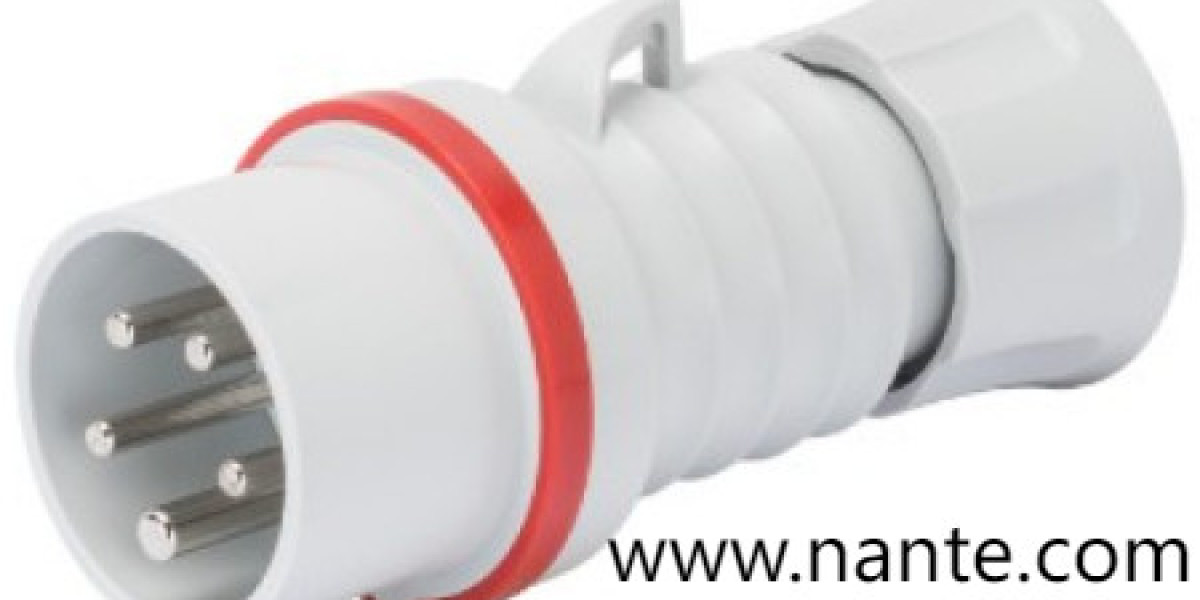When factories, rental fleets and site crews rethink their impact on waste streams and energy use, the humble Industrial Plug enters a larger conversation about material footprint and lifecycle planning. These connectors sit at the intersection of utility and discard pathways, and the choices made during procurement shape how long equipment lasts, how repairable it is and whether end of life means recycling or landfill. With public attention on circular economy practices and supply resilience, decisions about connector design carry environmental as well as operational weight.
Start with raw materials. Traditional alloys and common plastics each bring a suite of environmental trade offs. Metals can be energy intensive to produce, yet they lend themselves to repair and mechanical reuse. Certain polymers require less energy at manufacture but may be harder to reclaim in mixed waste systems. Choosing an assembly that allows contact replacement without full shell disposal helps keep serviceable components in circulation and reduces pressure on waste management systems when fleets retire units.
Finish and surface treatment matter beyond looks. Coatings that extend corrosion resistance lower the rate at which parts become functionally compromised and thereby delay replacement. When a polished contact or a treated shell reduces the need for frequent swaps, the net environmental load drops because fewer replacement units travel through production and transport cycles. Maintenance routines that clean and preserve finishes complement procurement choices and stretch component service lives.
Repairability is central to sustainable equipment use. Modular designs that allow technicians to swap worn pins, to renew seals and to replace insulating inserts keep assemblies on the job instead of forcing whole unit replacement. That modularity also simplifies spare part logistics because inventories focus on common wear items rather than on full assemblies. In practice, repair friendly hardware reduces transport burdens and shrinks the volume of discarded plastic and metal that appears after busy seasons.
Sealing strategies play a role in life cycle outcomes as well. Effective ingress protection prevents moisture driven corrosion and limits contamination that forces premature replacement. At the same time, thoughtful seals that are replaceable avoid the scenario where a single degraded gasket renders an otherwise healthy unit scrap. Suppliers that publish guidance on seal types and service intervals help site teams include simple checks in maintenance rounds and treat seals as consumables rather than permanent fixtures.
Energy efficiency also enters the lifecycle story. Low contact resistance keeps heat generation at mating points modest and reduces wasted energy during operation. A connector that maintains a steady interface through many cycles avoids small thermal losses that accumulate over long operating hours. That steadiness benefits both energy budgets and the longevity of nearby cables and insulation, which also influences replacement cycles.
End of life planning deserves early attention. Selecting components made from materials that local recyclers accept eases disposal when parts truly reach the end of service. Clear marking of polymer types and of alloy grades, plus detachable fasteners that separate dissimilar materials, makes recycling streams more practical and reduces labor at processing centers. Design that anticipates separation supports circular outcomes and removes friction for organizations trying to meet sustainability goals.
Supply chain resilience matters in a world where disruptions affect parts flow. Choosing connector families that share common spare modules limits the number of unique items that procurement must source quickly after disruptions. That consolidation helps teams respond to surges in demand without resorting to improvised fixes that often have shorter life and higher environmental cost. Standardization across sites reduces unnecessary variation and supports bulk ordering practices that lower transport emissions per unit.
Regulatory and social attention to electronic waste puts pressure on organizations to show responsible choices. Facility managers who can point to repairable components and to reuse practices present a clearer environmental story to stakeholders and to communities where operations take place. That narrative supports broader corporate responsibility efforts and helps teams align procurement with sustainability commitments that increasingly shape public procurement and contractor selection.
Field habits affect outcomes as much as design. Simple practices such as storing spares in dry conditions, protecting mating faces during transit and training crews to perform gentle handling extend the usable life of connectors. When teams treat equipment as a serviceable asset rather than as disposable, the cumulative reduction in waste is significant across multiple sites and seasons.
Manufacturers that publish clear maintenance guides and that offer spare part kits make it easier for buyers to choose sustainable options. Accessible documentation about teardown steps, seal replacement and spare compatibility supports on site repairs and reduces the temptation to throw away serviceable assemblies. That kind of transparency changes procurement conversations from price alone to include lifecycle cost and environmental footprint as practical selection criteria.
For operations seeking to reconcile environmental goals with reliability and safety, the connector selection process offers a concrete place to act. Favor modular designs, insist on replaceable seals and request clear material markings to ease recycling later. Engaging maintenance teams early in specification helps set up spare parts plans and handling routines that keep hardware in service longer and reduce waste.
If your team is reviewing connector families and accessory options with sustainability in mind, consider the product information and spare parts guidance from manufacturers that support repairable configurations and that publish maintenance notes. A supplier that makes spare modules easy to order and that documents replacement steps supports greener operations and helps maintenance teams avoid unnecessary disposal. For visuals, accessory lists and configuration details that aid planning, visit www.nante.com where product pages and support materials help align selection with operational and environmental objectives.








